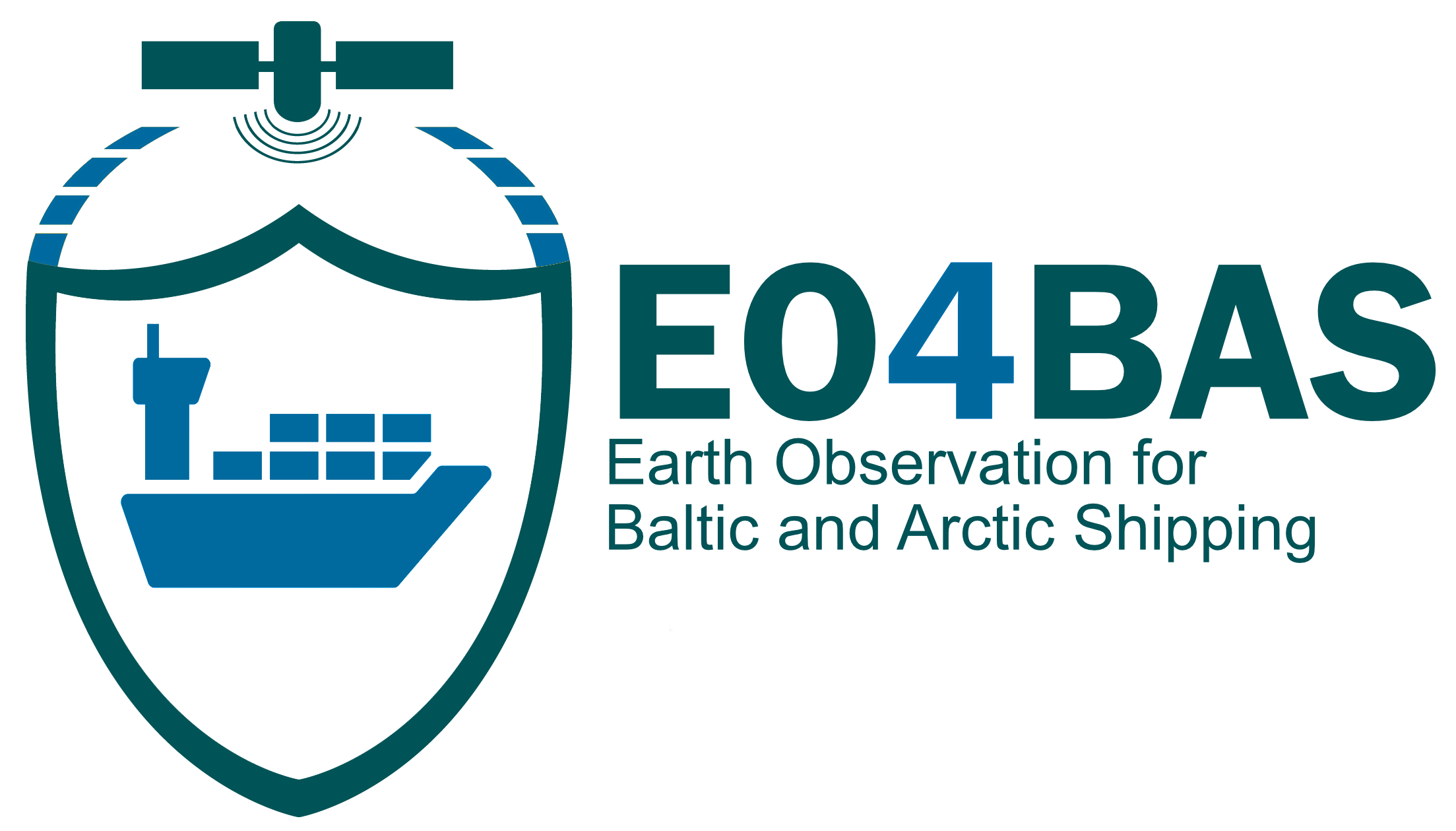EO Products / Icing condition detection
SST is one of the several parameters affecting the icing conditions
(Source: https://www.ospo.noaa.gov/Products/ocean/sst/blended_sst_5km.html?product=bdn)
Product Description
Icing condition calculation using satellite data is relevant for the shipping industry because it can help to avoid or mitigate the risks of ice accretion on ships, which can affect their stability, performance, and safety. Marine icing can be divided into two main categories based on the origin of the ice:
- sea spray icing, and
- atmospheric icing.
As the ice forms on the hull, superstructure, and equipment of a vessel it can add significant weight and may reduce the vessels stability, safety, and navigational properties. Early detection of icing conditions by earth observational data can assist vessels, especially those poorly suited to deal with icing, to take appropriate risk reducing measures.
Various models have been developed for the estimation of ice accretion rate using meteorological and oceanographic parameters. Various data sets are also available containing observations of spray icing events for different Arctic offshore regions. However, there is limited climatological information that can be used for providing decision-makers with the necessary information on optimal options and solutions in advance for assessing, managing, and mitigating the risks imposed by spray icing (Naseri & Samuelsen, 2019).
Product Specifications
BUSINESS PROCESS | SC, IN, SO |
DESCRIPTION | Detection of marine ship-icing, due to sea spray icing and atmospheric icing |
EO INFORMATION OF INTEREST | Sea icing is affected by the following environmental factors: 1. Wind Speed 2. Air Temperature 3. Water Temperature 4. Freezing Temperature of Water 5. Wind Direction, Relative to the Ship 6. Swell and Wave Characteristics
|
MAIN PROCESS STEPS | Sea spray can be visualized at a high spatial resolution in a RGB. Environmental factors detection involves multiple technologies e.g. scatterometers, radiometers and SAR, see the main processing steps for each variable in the relevant information sheets (main processes include e.g. geocoding, radiometric calibration, atmospheric correction). |
INPUT DATA SOURCE | Scatterometers, radiometers and SAR |
SPATIAL RESOLUTION AND COVERAGE | Depending on native input satellite data |
ACCURACY / CONSTRAINS | Strongly dependent on a time sampling and availability of the input satellite data |
LIMITATIONS | The RGB relies on solar reflectance from visible and near-IR bands, so it’s available only during daylight hours. The detection of icing conditions is strongly dependent on the availability of the environmental factors. |
TEMPORAL RESOLUTION | To be set during modelling runs and depending on input data availability |
FREQUENCY UPDATE | Daily, generally depending on input data and its availability and light conditions |
DELIVERY / OUTPUT FORMAT | NetCDF-3, NetCDF-4 |
ACCESSIBILITY | Copernicus Marine service commercial providers, commercial Electro Optical data providers. |


This page has no comments.